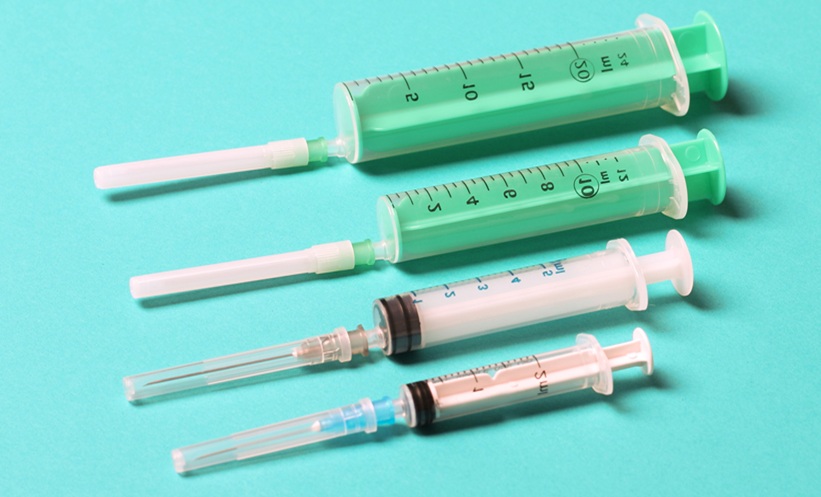RETIREMENT of blood or pinprick testing for allergies may be on the horizon, with nasal smears showing promise for detecting allergen-specific antibodies. A method utilising biochip technology to detect antibody concentrations in nasal secretions has been studied in Germany and may simplify diagnosis of allergic rhinitis.
The biochip technology is already in use as a molecular diagnostics technology that allows for identification of 112 different allergens from a single, small blood sample. Employing this same technology to identify concentrations of IgE antibodies in nasal secretions may save many patients from repeated blood testing, and allow for less-invasive diagnosis in younger children.
The study, undertaken by researchers at the Institute of Environmental Medicine at the Helmholtz Zentrum München, Munich, Germany, demonstrated that the concentrations of IgE antibodies to allergens correlate between blood samples and nasal secretions. In particular, the study compared the IgE antibody concentrations against dust mite castings, grass pollen and pollen from birch, hazelnuts, and alder trees in patients with and without known sensitivities. The correlation was present for all allergens studied.
Allergic rhinitis and hay fever affect 130 million people in Europe every year, and diagnosis usually relies on blood or pinprick testing. Both methods can be uncomfortable for the patient and pose difficulties when used in children. Prof Claudia Traidl-Hoffmann, Professor of Environmental Medicine at the Technical University of Munich (TUM), Munich, Germany, and the Director of the Institute of Environmental Medicine at the Helmholtz Zentrum München, explained the value of alternative testing methods: “A big advantage of allergy diagnostics with a nasal smear is that it is a good option for small children as compared to blood samples or skin prick testing. For that age group, a hyposensitisation therapy is important because allergic rhinitis can develop into allergic asthma.”
Dr Stefanie Gilles, Chair of Environmental Medicine, TUM, highlighted future avenues for this research: “We also believe that, with nasal smears, IgE antibodies specific to certain allergies can be detected that cannot be measured in a blood sample. We now need to do further studies to explore that hypothesis.”








